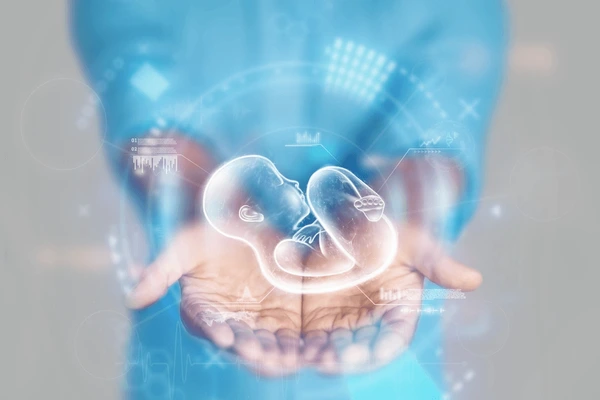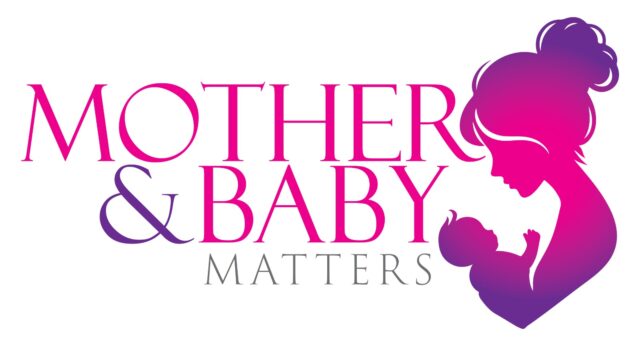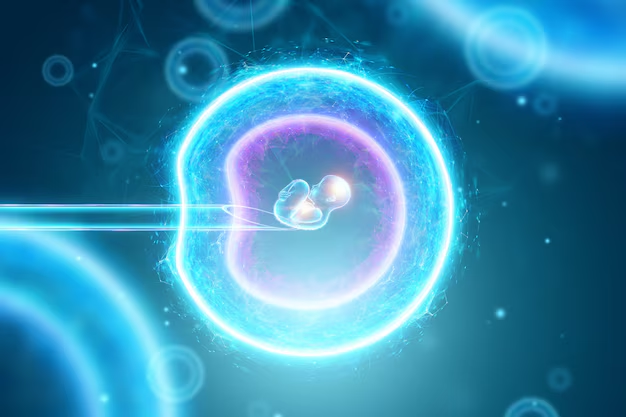Doctors at Columbia University Fertility Center have announced a groundbreaking achievement: the first pregnancy using a new AI-based technology, in a couple who had been trying to conceive for nearly two decades.
The innovation, developed by Dr. Zev Williams and his team, targets a condition called azoospermia, where no detectable sperm is present in a man’s semen. Male factors contribute to about 40% of infertility cases in the U.S., and azoospermia accounts for roughly 10% of those. Until now, treatment options were limited—primarily involving donor sperm or invasive procedures with low success rates.

Dr. Williams’ team spent five years developing a system called STAR (Sperm Track and Recovery). Inspired by how astrophysicists use AI to detect new stars among billions in the sky, STAR combines a powerful sperm-detecting algorithm with a fluidic chip that channels semen through microscopic tubes. When the AI detects sperm, it diverts that portion for isolation and use.
How STAR Works
“Sperm are the smallest cells in the body,” says Williams. “Finding one among billions of other cells is like searching for a needle in thousands of haystacks.” The STAR system scans over 8 million microscopic images in an hour and can detect even a few viable sperm—gently enough for them to fertilize an egg.
What sets STAR apart from other AI tools is its dual functionality: it not only identifies sperm but also actively isolates them. During testing, embryologists spent two days trying to find sperm in a sample and found none. STAR found 44 in just one hour.
A Dream Realized After 19 Years
The first pregnancy using STAR was achieved in March 2025 by Rosie (a pseudonym) and her husband, who had tried to conceive for nearly 19 years. Their efforts included 15 unsuccessful IVF cycles, surgeries, and consultations with international experts. They were finally introduced to Dr. Williams and the STAR system through a community group.
“We kept our hopes low after so many disappointments,” says Rosie, 38 who credits their Orthodox Jewish faith for helping them persevere. “But STAR gave us a chance in the most natural way possible.”
No additional tests or changes were needed in the couple’s final IVF cycle. STAR collected a fresh semen sample, identified sperm within two hours, and enabled successful fertilization of Rosie’s eggs. Extra sperm were frozen as backup.
Within two hours, fertilization was confirmed. A few days later, the embryos were transferred. “After so many disappointments, we kept our hopes low,” Rosie recalls. “It took me two days to believe I was actually pregnant.”
Now four months along, Rosie is receiving standard prenatal care, and everything is progressing smoothly. “I still wake up wondering if it’s really happening,” she says. “I don’t fully believe it until I see the scans.”
The Future of AI in Fertility
Dr. Williams believes this is just the beginning. While STAR was designed to address azoospermia, the technology has broader implications.
“There are many causes of infertility that we don’t fully understand,” he says. “With AI, we’re starting to uncover them. The dream is to give hope to those who were once told they had no chance of having children.”
The success of STAR marks a new era in reproductive medicine—one where cutting-edge technology can restore hope to families who had nearly lost it.
Source of Information: Time




